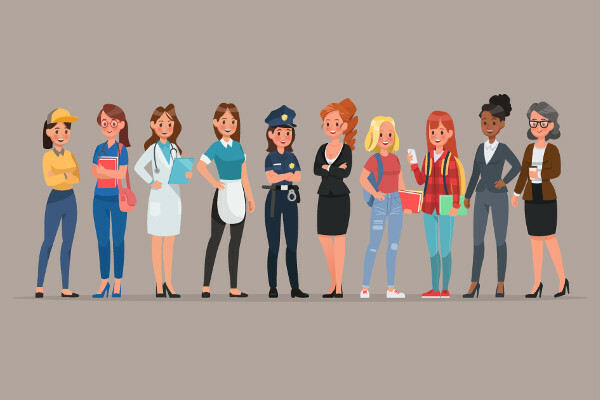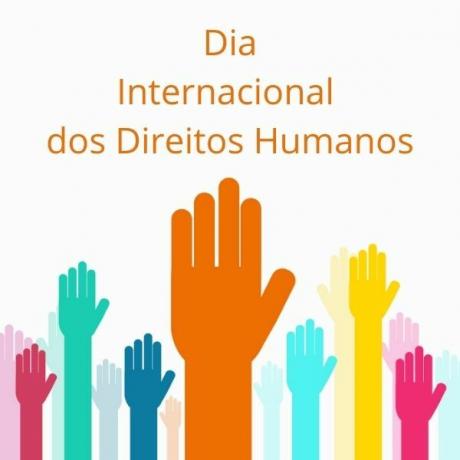O International Women's Day is celebrated on March 8. the date was official for the United Nations Organization (UN), in 1975, to remember the struggle of women for equal rights and female achievements.
Despite being made official only in 1975, the International Women's Day had its beginning in the movements of working/working women in the beginning of the 20th century.
How did this date come about?
International Women's Day emerged from different episodes that marked the struggle of working women in the United States and Europe. Movements that emerged to demand better wages and working conditions have moved towards the quest for the right to vote and education, strengthening the battle for gender equality.

→ Women's Struggle in the United States
You U.S they were the scene of several protests by women in search of their rights. On February 26, 1909, about 15,000 women took to the streets of New York to demand better working conditions. At the time, the workers worked up to 16 hours a day and in precarious environments.
In 1911, the event that would become known worldwide as the real motivator of International Women's Day. On March 25, a fire in the factory Triangle Shirtwaist Company, in New York, killed 146 workers – 125 women and 21 men. This tragedy made public the precarious environment and conditions that women have faced since the Industrial Revolution.
The fight continued on US soil for years to come. In 1913, protests for the right of women to vote were frequent, as did the claims for improvements in working conditions.
Read too: The Struggle for Black Civil Rights in the United States
→ Women's Struggle in Europe
In Europe, the path towards the consolidation of International Women's Day gained strength in august 1910. At the Second International Conference of Socialist Women, the German Clara Zetkin suggested the creation of a “calendar” of manifestations of the union and social movement of working women.
THE day of protests and actions had its first performance on March 19, 1911, when countries like Germany, Austria, Denmark and Switzerland promoted rallies for thousands of people demanding women's suffrage, access to education and other labor rights and social.
The milestone for the emergence of International Women's Day on the European continent was in 1917, in Russia. One demonstration of women against the hunger and death of millions of soldiers at First World War it occurred on February 23 of the old Russian calendar – in the Gregorian calendar, adopted in 1918, it became March 8th.
General mobilization and other events ended in the abdication of the tsar and the appointment of a provisional government. On that occasion, women won the right to vote. The Soviets made official the commemoration of the March 8th, already with the adoption of the new calendar, as the celebration of the heroic and working woman.
March 8th Officialization
With roots in the labor movement, the women's struggle was extended to all fundamental rights, always seeking the gender equality. For the political and social achievements of women, the UN made the International Women's Day official in 1975, the year the United Nations determined as the International Year of Women.
March 8th became a date to remember the journey of women in society and celebrate their achievements, but without forgetting that there is still a long way to go in the search for general equity of rights.
With the importance of the date, International Women's Day has also become a profitable date for commerce, as in the case of Russia, a country where March 8 is a public holiday, where flower sales multiply on the eve of the celebration.
Read too: Universal Declaration of Human Rights
Women's Day in Brazil
In Brazil, the International Women's Day is an occasion when demonstrations take place with agendas such as equal pay, security (since the country has high rates of femicide and domestic violence), decriminalization of abortion and others rights.
Some public bodies, private companies, philanthropic entities and even independent groups have taken advantage of the International Women's Day to develop activities aimed at the female audience., such as routine exams, free medical care and cultural presentations.



